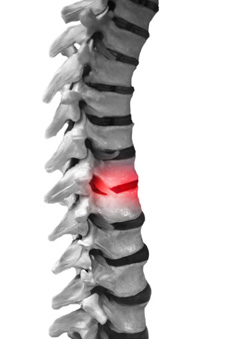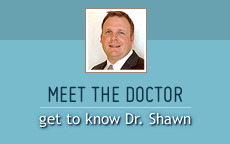Spinal Decompression Therapy in Midlothian
 Spinal Decompression Therapy is a cost-effective, non-surgical and non-invasive treatment for back and neck pain.
Spinal Decompression Therapy is a cost-effective, non-surgical and non-invasive treatment for back and neck pain.
The patient should not feel pain during the Spinal Decompression Therapy. Studies show that at each visit, this process creates a negative intradiscal pressure (pressure within the disc itself), and over a period of visits, is thought to have two potential benefits:
•Pulls the herniated or bulging disc material back into the disc
•Promotes the passage of healing nutrients, into the disc and fosters a better healing environment.
It has gained wide popularity in recent years because it is effective and provides back and neck pain sufferers a solution that does not involve the risks, recovery or expense of back surgery.
Is Spinal Decompression For Me?
Candidates for spinal decompression have severe disk herniation or bulging and present with:
- Sciatica
- Shooting pain down into your arm or both arms
- Numbness in arms, hands or fingers
- Shooting pain down into your leg or both legs
- Numbness in legs, feet or toes
People with severe neck or low back disk herniations or bulges are generally in severe pain, especially if they’ve suffered from this condition for a long time.
How Does it Work?
It’s a relaxing therapy – we keep the lights low in the room, play soft music, and patients often fall asleep because they’re so relaxed.
Spinal decompression addresses the issue by decompressing the spinal herniation or spinal bulge. This relieves pinching of the nerves, and causes a negative pressure within the disk in order to pull the bulge off of the spinal cord or spinal nerve.
Decompression is not painful, nor is it invasive in any way. The therapy is computerized, and is designed to slowly ramp up to the place where we need it to pull the bulge off the disk.
How Long Does it Take?
Patients tend to get immediate relief from each 15-20 minute session. The amount of time that the relief lasts and how many sessions are necessary in order to have sustained relief depend upon the severity of the patient’s condition.
Many spinal decompression candidates are patients who have issues bad enough that they are going to be surgery candidates eventually if they don’t do something fast. If this is the case for you, you can expect to need more than one treatment session to affect lasting results.
How Do I Keep This From Happening Again?
Once decompression has been effective for you, Dr. Tyson will recommend beginning a normal treatment plan including chiropractic care and spinal therapy. Your injured disk will now have increased pressure on it and will be bearing an increased spinal load, which is what lead to your problem initially.
The disk problem is a secondary component of the spinal issue, and once it’s addressed the spinal issue needs to be addressed immediately or else you’ll be in severe danger of relapse.
Contact our Midlothian office with your questions and to request more information on spinal decompression.

